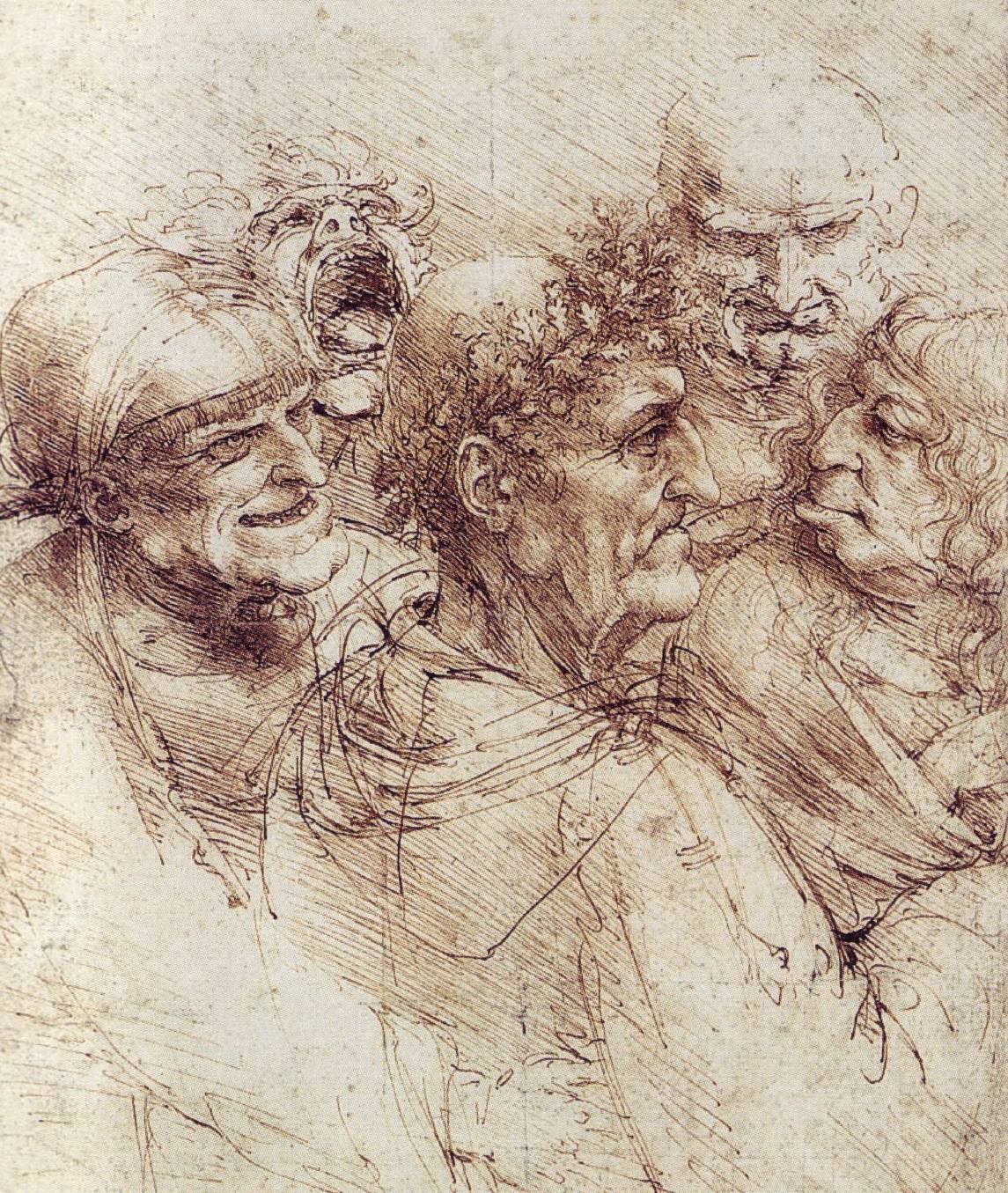
Here's an update on the drawing of my nephew, Jonathan, that I started ages ago. I'm still hoping to get this finished in time for Christmas!



 Mike Sibley is a well-known British graphite artist. His book, Drawing from Line to Life, was published last year. To his many fans, this was a long-awaited event, and it created a lot of excitement. The book even has its own Yahoo group. For anyone interested in graphite drawing, especially in a realistic style, this book will provide a feast of information. There is bound to be something new to learn for everyone as Sibley is a very experienced artist who has developed many tricks over the years. I have to admit that I don't particularly like his art, but one cannot fail to admire his technique.
Mike Sibley is a well-known British graphite artist. His book, Drawing from Line to Life, was published last year. To his many fans, this was a long-awaited event, and it created a lot of excitement. The book even has its own Yahoo group. For anyone interested in graphite drawing, especially in a realistic style, this book will provide a feast of information. There is bound to be something new to learn for everyone as Sibley is a very experienced artist who has developed many tricks over the years. I have to admit that I don't particularly like his art, but one cannot fail to admire his technique.
Personally I wouldn't entertain the use of foreground blending except in circumstances where the texture produced is exactly the one I wish to depict. Such exceptions include muddy or dusty floors, uneven plastered walls, anywhere that doesn't include sharp edges or hard shadows. The slap floor and walls in this Bearded Collie study are totally blended - in fact much of the 'detail' was drawn with an old graphite-coated tortillon. Graphite, mainly 2B and F in this case, was repeatedly applied to the floor and blended until I achieved the desired appearance. The initial blending was carried out with a piece of toilet tissue wrapped around my finger.
 The section ends with a step-by-step demonstration of a drawing of a young girl. This is very useful, with many detailed descriptions of technique and detail view of the work in progress, such as this one showing the technique he uses to render hair.
The section ends with a step-by-step demonstration of a drawing of a young girl. This is very useful, with many detailed descriptions of technique and detail view of the work in progress, such as this one showing the technique he uses to render hair.
You can't argue with that! The book is 287 pages long, and contains far too many illustrations to count. I find I am constantly dipping in to it to get ideas, advice and inspiration. For example, I'm off to look at the chapter on drawing hair before going back to my drawing of Jonathan! I can't recommend it highly enough.There are three major aspects of a tree that are important to its appearance - surface texture and shape, internal bough structure, and gaps through which you can see through to the other side. A tree is not an amorphous collection of leaf-shaped items or random marks that, you hope, will fool a viewer's brain into reading as 'tree'. A tree is an ordered, layered object with an outer covering around an inner armature or core. It's only by analysing what you see that you will gain the full understanding that allows you to draw realistically.


 The next chapter shifts to the Northern Renaissance, and it will come as no surprise to know that the most striking drawings in this chapter are those of Durer (including the famous "Great Piece of Turf" from the Albertina in Vienna) and Rembrandt. One of the latter's drawings really struck me the first time I read this book because of its amazing economy of line. This, it seemed to me, was the real magic of drawing: the ability to produce a wonderful work of art with just a few strokes of a pen.
The next chapter shifts to the Northern Renaissance, and it will come as no surprise to know that the most striking drawings in this chapter are those of Durer (including the famous "Great Piece of Turf" from the Albertina in Vienna) and Rembrandt. One of the latter's drawings really struck me the first time I read this book because of its amazing economy of line. This, it seemed to me, was the real magic of drawing: the ability to produce a wonderful work of art with just a few strokes of a pen.
















| You Are a Green Crayon |
 Your world is colored in harmonious, peaceful, natural colors. While some may associate green with money, you are one of the least materialistic people around. Comfort is important to you. You like to feel as relaxed as possible - and you try to make others feel at ease. You're very happy with who you are, and it certainly shows! Your color wheel opposite is red. Every time you feel grounded, a red person does their best to shake you. |

 technorati tags: EDM, 131, Rotring+Art+Pen, Pentel+wate+, brush, sketches, pen+and+ink
technorati tags: EDM, 131, Rotring+Art+Pen, Pentel+wate+, brush, sketches, pen+and+ink







 technorati tags: pen+and+ink, Rotring+Art+Pen, Ardrishaig, Argyll, , Scotland, sketches
technorati tags: pen+and+ink, Rotring+Art+Pen, Ardrishaig, Argyll, , Scotland, sketches

 technorati tags: watercolour, sketches, Sound+of+Jura, Gulf+of+Corryvreckan, Argyll, Scotland
technorati tags: watercolour, sketches, Sound+of+Jura, Gulf+of+Corryvreckan, Argyll, Scotland

 technorati tags: watercolour, Scotland, Argyll
technorati tags: watercolour, Scotland, Argyll

 technorati tags: watercolour, Loch+Fyne, Argyll, Scotland
technorati tags: watercolour, Loch+Fyne, Argyll, Scotland
